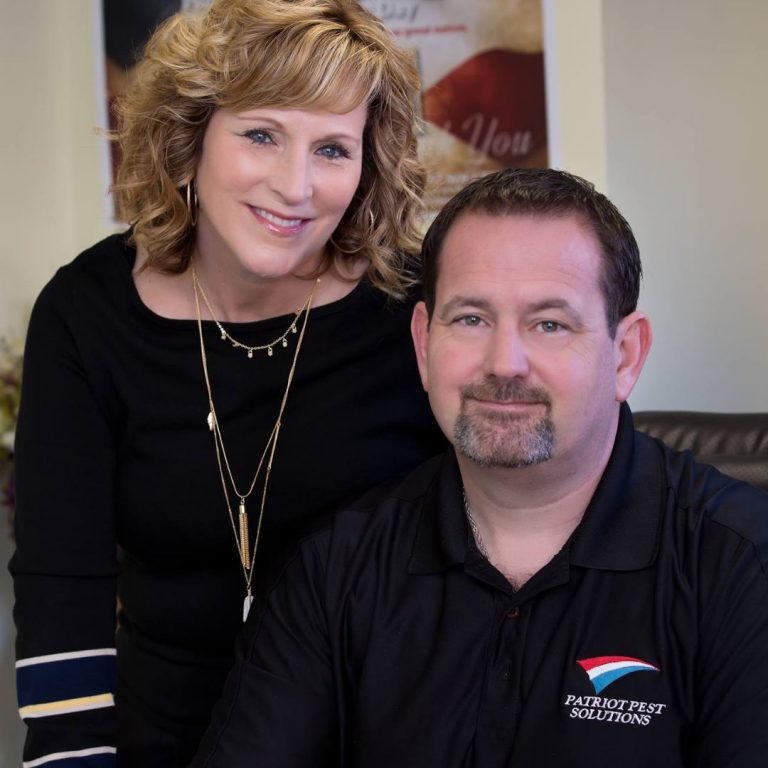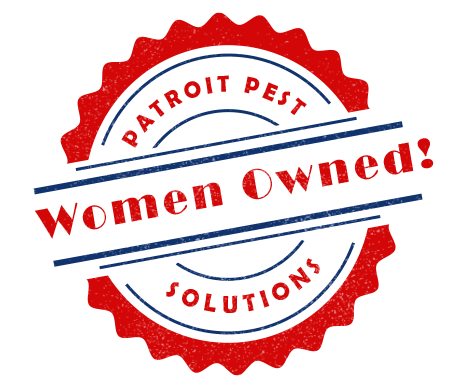No business owner wants to deal with a pest problem. Whether it’s rodents scurrying through storage areas, cockroaches in the kitchen, or flies hovering near customers, pests can damage your reputation, violate health codes, and hurt your bottom line.
The good news? Most infestations are preventable. With the right strategies in place, you can protect your business from unwanted visitors and maintain a clean, professional environment. This guide covers the essential steps to safeguard your business from pest infestations, from prevention tactics to early detection and professional support.
Why Pest Control Matters for Businesses
Pests aren’t just a nuisance. They pose serious risks to your business operations and brand image.
Health and Safety Risks: Rodents and insects can carry diseases that spread to employees and customers. Cockroaches, for example, are known to trigger allergies and asthma. Rodents can contaminate food supplies and spread bacteria like salmonella.
Regulatory Compliance: Many industries, especially food service and hospitality, must meet strict health and safety standards. A single pest sighting during an inspection can result in fines, closures, or legal action.
Reputation Damage: One negative review mentioning pests can deter potential customers. Once word spreads, rebuilding trust becomes an uphill battle.
Financial Impact: Beyond fines and lost revenue, pests can damage inventory, equipment, and infrastructure. Termites, for instance, cause billions of dollars in property damage each year.
Taking proactive measures to prevent infestations protects your business on multiple fronts.
Common Pests That Target Businesses
Different pests are attracted to different environments. Understanding which ones pose the biggest threat to your industry helps you focus your prevention efforts.
Rodents: Rats and mice seek shelter, food, and water. They’re particularly common in restaurants, warehouses, and retail spaces. They chew through packaging, wiring, and insulation.
Cockroaches: These resilient insects thrive in warm, humid environments. They hide in cracks, drains, and dark corners, making them hard to spot until an infestation takes hold.
Flies: Common in food establishments, flies can carry pathogens and contaminate surfaces. Fruit flies, drain flies, and houseflies each require different control methods.
Ants: While they may seem harmless, ants can contaminate food and create unsightly trails. Carpenter ants can even damage wooden structures.
Stored Product Pests: Beetles, moths, and weevils infest dry goods like grains, flour, and cereals. These pests are especially problematic for grocery stores and food manufacturers.
Termites: Silent destroyers, termites can compromise the structural integrity of buildings. Detecting them early is critical to avoid costly repairs.
Knowing which pests are most likely to target your business allows you to tailor your prevention strategy.
Prevention Strategies to Keep Pests Out
The best way to handle pests is to stop them from entering your business in the first place. Here are the most effective prevention tactics.
Seal Entry Points
Pests can squeeze through surprisingly small gaps. Inspect your building’s exterior for cracks, holes, and openings around doors, windows, pipes, and vents. Seal any gaps with caulk, weatherstripping, or metal mesh. Pay special attention to loading docks and storage areas where deliveries arrive.
Maintain Cleanliness
A clean environment makes your business less appealing to pests. Establish regular cleaning schedules that include:
- Sweeping and mopping floors daily
- Wiping down counters and equipment
- Cleaning spills immediately
- Emptying trash bins frequently
- Deep cleaning hard-to-reach areas like behind appliances and under furniture
Food establishments should pay extra attention to kitchens, dining areas, and food storage zones.
Proper Waste Management
Overflowing trash bins attract pests like flies, rodents, and cockroaches. Use sealed, durable trash containers and empty them regularly. Keep dumpsters away from building entrances and ensure lids close tightly. Clean bins periodically to remove food residue and odors.
Control Moisture
Many pests, including cockroaches and rodents, are drawn to moisture. Fix leaky pipes, dripping faucets, and roof leaks promptly. Ensure proper ventilation in bathrooms, kitchens, and basements. Use dehumidifiers in damp areas to reduce humidity levels.
Store Food Properly
If your business handles food, storage practices are critical. Keep dry goods in airtight containers made of metal or thick plastic. Rotate stock using the “first in, first out” method to prevent products from sitting too long. Inspect deliveries for signs of pests before bringing items inside.
Landscaping and Exterior Maintenance
Overgrown vegetation and standing water near your building create ideal habitats for pests. Trim bushes and trees away from walls and windows. Remove debris, woodpiles, and standing water from your property. Keep grass cut short and eliminate clutter around entryways.
Early Detection: Catching Problems Before They Escalate
Even with strong prevention measures, pests can still find their way inside. Early detection helps you address issues before they become full-blown infestations.
Conduct Regular Inspections
Schedule routine inspections of your entire facility. Look for signs of pest activity, such as:
- Droppings or urine stains
- Gnaw marks on packaging or structures
- Nests or burrows
- Unusual odors
- Dead insects or rodents
Check high-risk areas like storage rooms, kitchens, restrooms, and basements more frequently.
Train Your Staff
Employees are your first line of defense. Train them to recognize signs of pests and report issues immediately. Encourage a culture of vigilance where everyone takes responsibility for maintaining a pest-free environment.
Use Monitoring Tools
Sticky traps, bait stations, and pheromone traps help you monitor pest activity. Place them in strategic locations and check them regularly. These tools provide early warnings and help you identify problem areas.
When to Call a Professional Pest Control Service
Some situations require expertise beyond what in-house efforts can provide. Partnering with a licensed pest control company ensures thorough, effective treatment.
Signs You Need Professional Help
- Persistent infestations despite your best efforts
- Large-scale infestations requiring specialized equipment
- Pests that pose health or safety risks
- Regulatory inspections or compliance requirements
- Structural damage caused by termites or carpenter ants
What to Look for in a Pest Control Provider
Choose a company with experience in commercial pest management. Look for:
- Proper licensing and certifications
- Integrated Pest Management (IPM) approaches
- Customized treatment plans based on your industry
- Transparent pricing and service agreements
- Positive reviews and references
A good pest control partner will work with you to develop a long-term prevention plan, not just react to immediate problems.
Creating a Long-Term Pest Management Plan
Consistency is key when it comes to pest control. A well-structured plan keeps your business protected year-round.
Document Your Procedures
Create a written pest management plan that outlines prevention measures, inspection schedules, and response protocols. Make it accessible to all staff members and update it as needed.
Schedule Regular Maintenance
Set up recurring appointments with your pest control provider for inspections and treatments. Quarterly visits are standard for most businesses, though high-risk industries may require monthly service.
Review and Adjust
Monitor the effectiveness of your pest management efforts. Track any pest sightings, treatments, and outcomes. Use this data to refine your approach and address recurring issues.
Protect Your Business Today
Pest infestations don’t have to be inevitable. With proactive prevention, early detection, and professional support, you can keep your business safe, compliant, and pest-free. Start by assessing your current vulnerabilities and implementing the strategies outlined in this guide. Your customers, employees, and bottom line will thank you.




